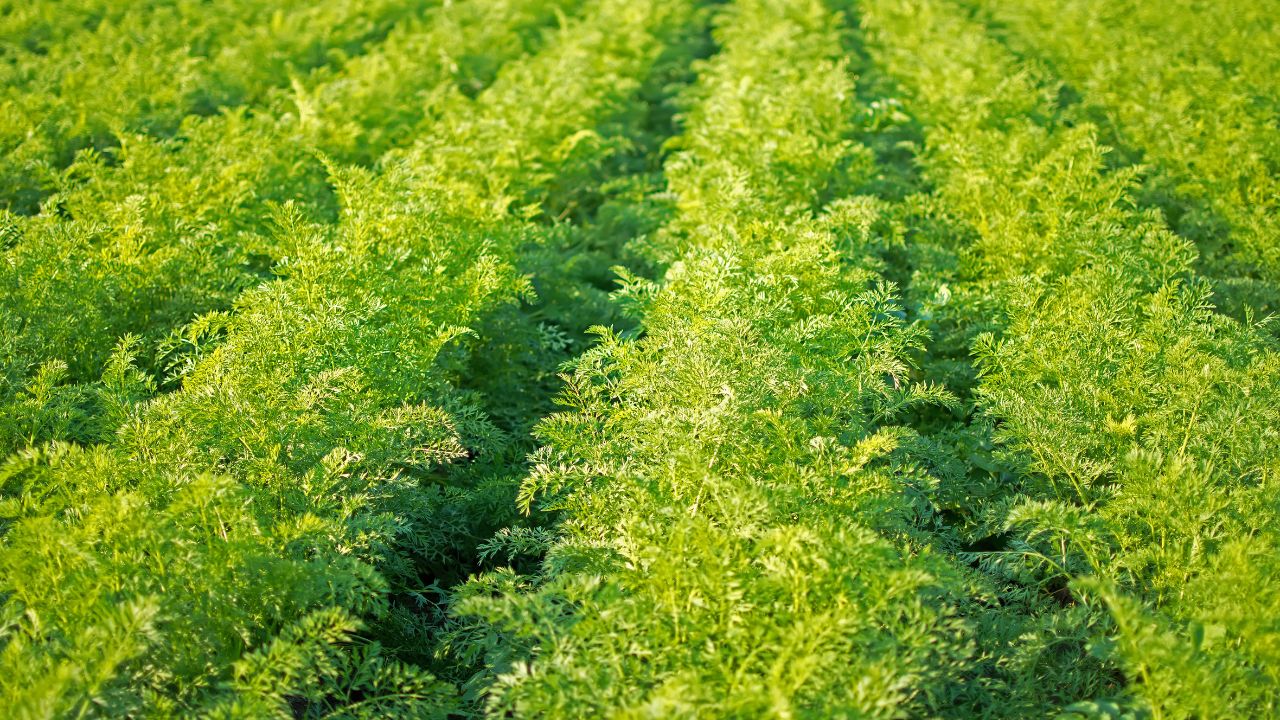A pre-season checklist to keep your seed drill in top shape

Getting your Stanhay seed drill ready before the sowing season can save you time – and headaches – once you hit the field.
As the new season approaches, now’s the perfect time to give your seed drill a little attention. Whether you’re running a single-row drill or a bigger setup, a bit of pre-season prep can go a long way in avoiding breakdowns, improving accuracy, and giving your crops the best possible start.
Here’s a practical checklist to help make sure your drill is ready to roll when the ground is.
1. Give it a good clean
Begin with a full, careful clean. Remove dust, debris, seed residue, and any seed treatment residue – especially around seed discs and gallery blocks. Daily cleaning helps spot wear early and avoids moisture-related damage.
At the end of operations or when switching seed types, empty hoppers using the trapdoor or vacuum emptier, then clean and dry the seed discs before storing them in protective bags.
2. Look for signs of wear
Check all critical components:
- Seed discs, singulators, and gallery blocks for scratches or scoring, as these affect vacuum sealing and singulation accuracy.
- Agitator fingers and splitters, ensure they fit securely and rotate freely. Replace worn parts promptly.
3. Calibrate the metering unit
Your vacuum metering unit is the heart of precision planting. Follow this routine:
- Ensure seed discs match your seed size (hole size is crucial).
- Adjust singulator pressure so it rests lightly on the disc (use abrasive paper refurbishment if needed).
- Ensure the vacuum gallery block is sealed and cleaned.
- Fine-tune settings based on seed size – consult the hole-size guidance in the manual or dealer support.
4. Check electronics and wiring
If your drill includes electric drive, ISOBUS compatibility, or camera monitoring, test all display units, cables, and connections now – don’t wait until you’re in the field to discover a fault.
5. Lubricate moving parts
- Lubricate drive chains only with a dry PTFE type lubricant – never use wet lubricants such as oil or grease, as these attract dirt and cause premature wear.
- Lubricate hydraulic piston rods and threaded parts with biodegradable oil or grease.
- Work grease into bearings and hinges, especially after cleaning.
- Oil seed cup drive shafts and adjusters to prevent seizing during storage.
- Check all moving parts (e.g. press wheels, scrapers, and parallel link arms) and lubricate as required to ensure free movement.
6. Check tyres and hydraulics
Ensure tyres (including land and drive wheels) are at the correct pressure, in good condition, and fitted with scrapers if needed. Inspect all hydraulic hoses and fittings for leaks or fatigue – they can cause in-season issues if not addressed now.
7. Inspect fans and vacuum system
If your drill uses a PTO or hydraulically-driven vacuum fan:
- Make sure hoses are not kinked or damaged.
- Check fan belt tension and pulley movement.
- Confirm all unused ports on the manifold are capped securely.
- Open vacuum and pressure control valves before start-up.
8. Prepare for storage or long-term downtime
When storing the drill:
- Clean thoroughly (remove all dirt and flammable deposits), and store in a dry location.
- Grease or oil all non-painted parts, and lubricate chains only with a dry PTFE type lubricant – do not use oil or grease on chains as this attracts dirt and causes premature wear.
- Check for hydraulic leaks and ensure smooth movement of all joints; replace parts if needed.
- Repair any paint damage and rust-proof exposed metal.
- Store the operator terminal away from damp and sunlight.
- Store seed discs in sealed bags.
- Engage parking brakes and secure the drill from rolling away.
Ready for the season?
Investing a few hours now – cleaning, inspecting, calibrating, lubricating – means smoother sowing, fewer interruptions, and better emergence rates. Your Stanhay drill will be primed to deliver precision and reliability when it matters most.
If you need tailored calibration advice, options for seed disc selection, or spare parts, reach out to your Stanhay dealer or contact us directly. We’re here to help you get the best from your drill.
